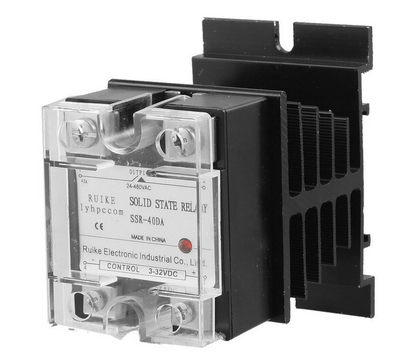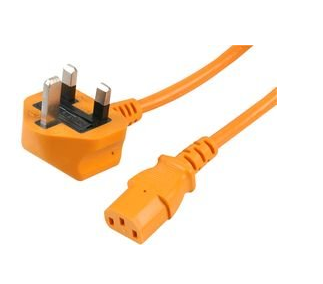1). Please see the picture of the SSR40-DA relay below, do I need another snubber protection circuit, or usually solid state relays already incorporate in this itself ?
You don't need anything else. We don't know exactly what's in side the relay, but it's ready-to-go.
2). If I do not need another snubber circuit, do I just connect the Arduino - relay - solenoid valve - mains directly without additional resistors ?
No. But double-check the specs. The Arduino puts-out 5V at 40mA or less. Generally, these things have a range like 3 - 15VDC, so the voltage should be fine. And, if you check the control current it's probably less than 10mA. Again we don't kwow what's inside, but if it's rated to be controlled by 5V, you don't need a current limiting resistor or anything else... You apply 5V and it turns on, remove 5V (or switch the arduino output to "low") and it turns off.
3). There are three power pins from the valve and the mains as well: hot, neutral, earth. However there are only two connection pins on the relay: hot and neutral. So do I need another different relay that has the earth pin on it (any recommendation or that is the name that has earth pin on it) ? Or there is a way of getting around this ?
The hot wire passes-through the relay and gets switched. The neutral & ground are directly-permanently connected.
Have you ever looked at a regular light-switch in your wall? There are only two terminals and only the hot passes-through the switch. (Usually, there is also a ground terminal on the switch for safety, and "3-Way" switches have 3 power-terminals.)
4). How do I physically connect the relay, valve to the mains ? Do I buy a cheap UK lead (e.g. shown below in the picture) and cut the head or open the head and tie those pins to the relay accordingly by electric tapes ? Is this safe ? Can you teach me in some details like which line goes to which ? For example, how does it differ from the typical bulb connection below.
That depends on what you have on either end. Are you getting power from the wall socket? What kind of connections does the solenoid have? (I don't know the UK color code.)
and tie those pins to the relay accordingly by electric tapes ? Is this safe ?
Usually, not electrical tape. Electricians normally use [u]Wire Nuts[/u] to attach wires in "free air", where there is no screw terminal or other option.
It's safe as long as everything is insulated, isolated, and wired correctly, so you can't touch the hot wire or anything directly connected to the hot wire. If all of the AC closed-up is in a grounded metal box, it's safe because if anything goes wrong the current will be "shorted" to ground and you'll blow a breaker. But, if the ground comes loose, or something is wired incorrectly so that you or the Arduino somehow makes contact with the line voltage, bad things can still happen! (The relay provides isolation between the power line voltage and the low-voltage Arduino.)
Ironically, a grounded box creates a hazard if you have the box open to work on the connections... If you touch the grounded box with one hand and a hot power line with the other hand, there is a "nice" path for the current to flow from hot, through your body, to ground! The guys who work on really high-voltage stuff have a "rule" to keep one hand in their pocket (and wear insulated shoes) so there is no path through their body. But it's hared to work with one hand in your pocket, so electricians working on 120V/220V household power don't do that.
t
In general, it's not safe to work on power line voltage, so you may just have to be careful when testing/troubleshooting/experimenting!


